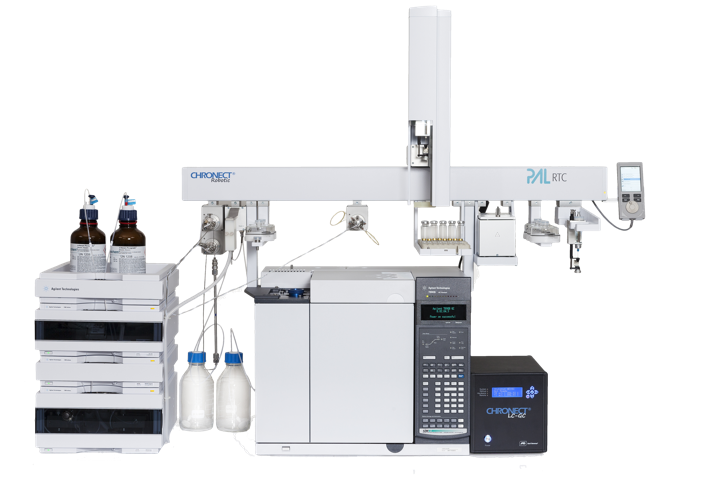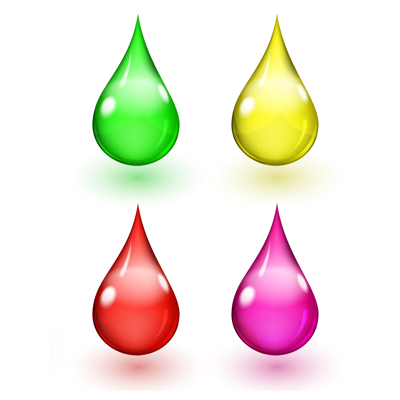Fast Mosh-Moah analysis in one run
CHRONECT Workstation MOSH-MOAH
Axel Semrau® has developed a solution based on an LC-GC coupling for a fast MOSH MOAH analysis in one run. This allows the MOSH and MOAH to be analysed simultaneously in a single run. This method offers high sample throughput, reproducible values and high sensitivity.
The system enables LC-GC measurements with a reproducibility similar to a normal Split-Splitless injection in a gas chromatograph.
What is MOSH MOAH?
Mineral oils consist of various hydrocarbons. If they are aliphatic, in the form of saturated linear and cyclic (non-aromatic) hydrocarbons with mostly 16-25 carbon atoms, they are referred to as ‘Mineral Oil Saturated Hydrocarbons’ (MOSH). Aromatic unsaturated hydrocarbons consist of mainly alkylated polycyclic compounds (usually with 1-4 aromatic rings) and are referred to as ‘Mineral Oil Aromatic Hydrocarbons’ (MOAH).
The sensitivity allows the detection of 0.6 mg/kg of MOSH; the linearity covers the entire MOSH concentration range as found in food.
Most striking about the system is that it is equipped with two FIDs that measure the MOSHs and MOAHs in parallel in a single run. This doubles the sample throughput rate and halves the consumption of Solvent.
Axel Semrau® LC-GC solutions are assembled, tested and made ready for use in the application laboratory.
Background
Food stuffs are regularly found with undesirable residues of mineral oil, which in many cases originates from the packaging material. Particularly when printing inks containing mineral oils are used in the packaging material, hydrocarbons from the ink may migrate to the food stuff.
This effect is more common in recycled packaging, but also in new paper fibres. This migration occurs when there is direct contact between the food and the packaging material, as is the case with rice.
There are also known examples of mineral oils that end up in the final product during the production process.
In many cases there is an increase in the concentration of hydrocarbons and MOSHs and MOAHs in particular. Hydrocarbons in the boiling range between C16 and C25 are considered to be migration-intensive. The health problems associated with this contamination were already described by the Bundesinstitut für Risikobewertung, BfR in December 2009. In its assessment, the BfR concluded that the transfer of mineral oils to foods with a high degree of urgency should be minimised.
Contactformulier
This post is also available in: Dutch


